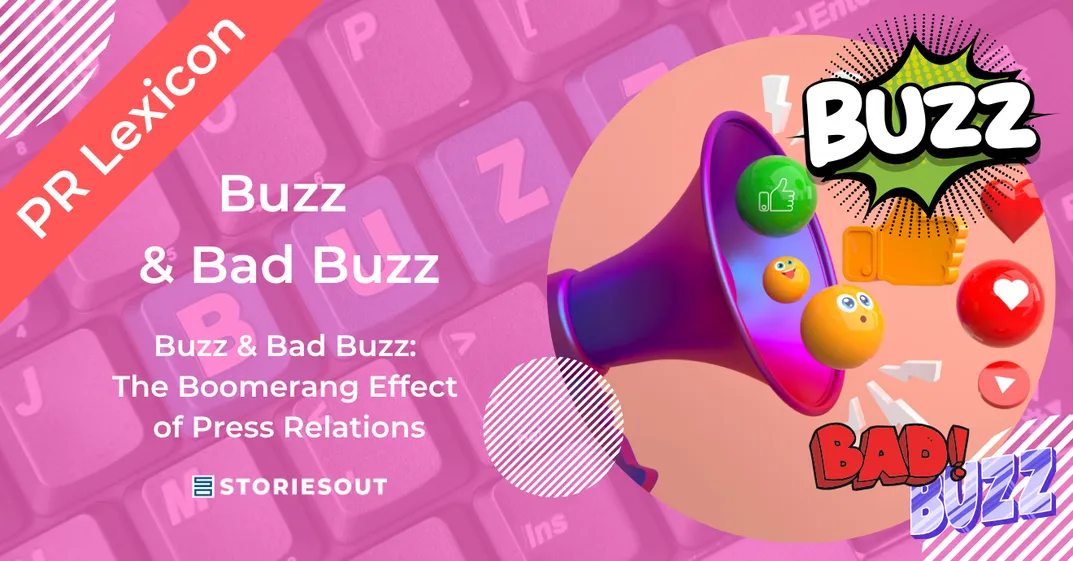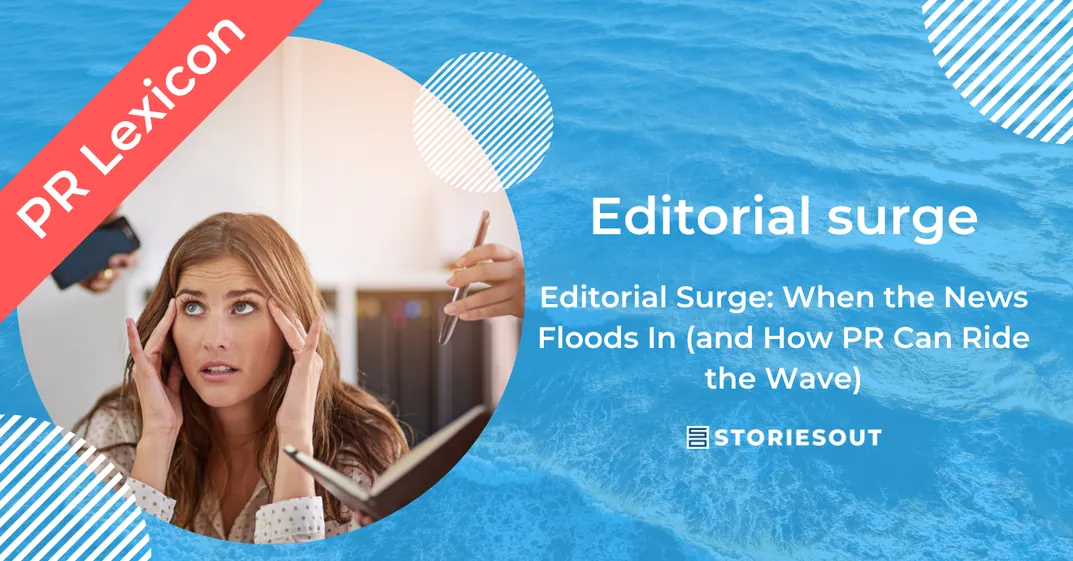In corporate communication, the white paper is often considered a high-value asset. Well-researched, structured, and educational, it demonstrates deep expertise on a specific topic. But while it’s a powerful tool for thought leadership and influence, it doesn’t fit within the toolkit of media relations. Let’s explore why.
What Is a White Paper?
A white paper is a detailed document, usually offered as a downloadable PDF, that explores a strategic, technical, or sector-specific topic. It offers in-depth analysis, often supported by data, case studies, or expert insight. Unlike a sales brochure, its goal is not to promote a product but to inform and position the company as an expert.
Origins: From Government Reports to Corporate Expertise
The term “white paper” originates from government and diplomatic circles. Historically, a White Paper was an official policy document intended to inform legislators or the public on a specific issue. Over time, businesses adopted the format to shed light on major sector trends, policy impacts, or technological shifts.
What Is Its Role in Communication?
In corporate communication, a white paper is used to:
- Explain complex transformations or innovations
- Support a strategic point of view on key issues
- Generate leads via content downloads (inbound marketing)
- Strengthen brand presence within a B2B ecosystem
It is part of a long-term authority-building strategy, showing that a company understands the stakes and can guide its industry.
Why White Papers Don’t Work for Media Relations
Unlike a press release, an op-ed, or an interview, the white paper is not designed for fast-paced editorial cycles. It is:
- Too long,
- Too dense,
- And often too focused on internal messaging for journalists’ needs.
Journalists typically look for:
- A sharp angle
- A timely fact
- A concise quote
- Easily reusable information
White papers may still interest journalists, but only:
- When preparing deep-dive sector reports (rare, long production timelines)
- As background material — not as a source to quote directly
They are therefore not suitable as standalone PR tools: they don’t deliver quick wins or ready-to-use material. Instead, they act in the background, reinforcing credibility over time.
Conclusion: Influence, Yes — Press Coverage, No
A white paper is a strategic content asset for building trust and authority. But it doesn’t replace the agile tools needed for media relations. Use it to influence your ecosystem, not to secure instant media coverage.




